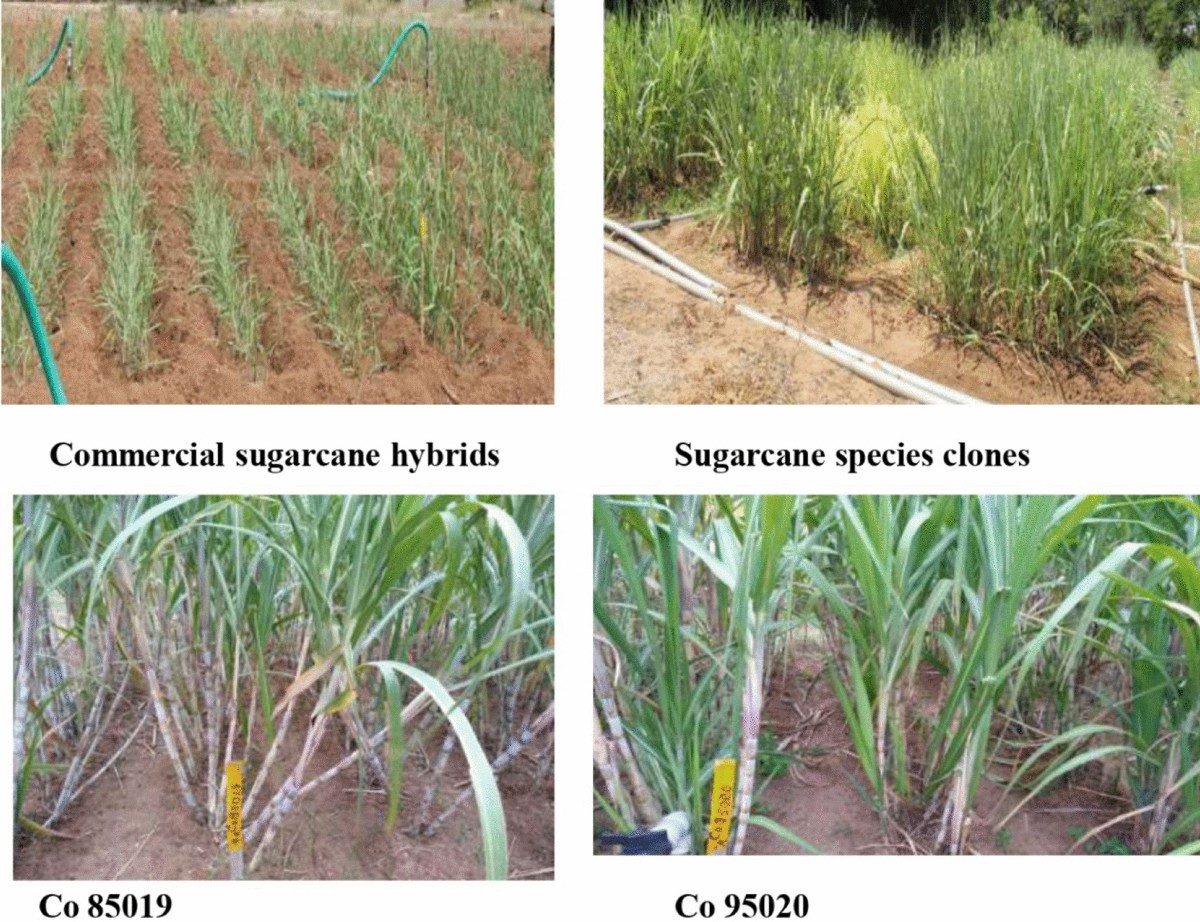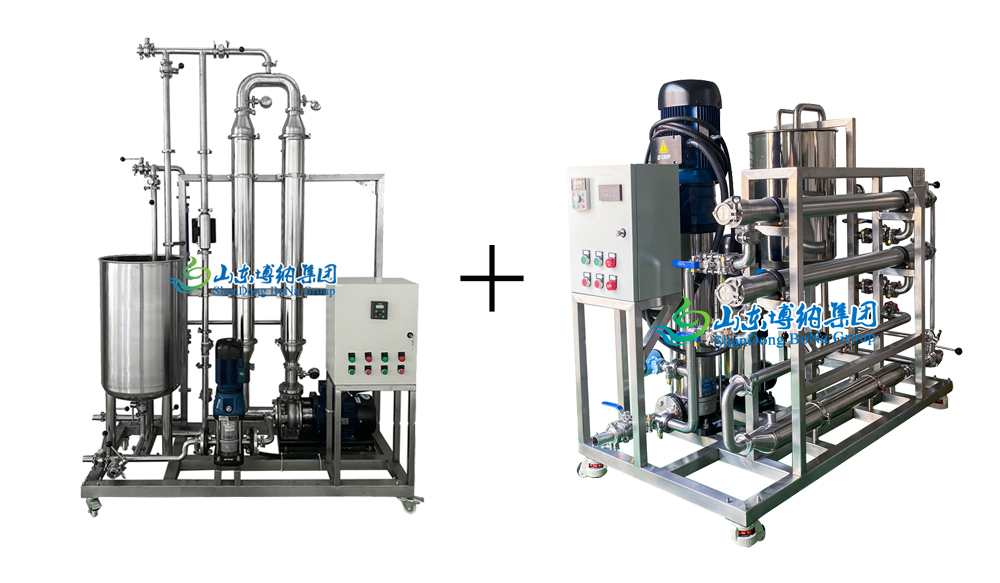How Safe Are Products From Sugarcane for Everyday Use?
How Safe Are Products From Sugarcane for Everyday Use?
Blog Article
Discover the Innovative Benefits of Products From Sugarcane for Sustainable Living
Sugarcane has become a pivotal resource in the quest for lasting living. Its varied applications extend eco-friendly packaging, renewable resource, and much healthier food choices. As sectors look for environment-friendly alternatives, sugarcane's flexibility supplies encouraging options. The real possibility of sugarcane expands beyond its current uses. Exploring its innovative benefits can disclose new pathways towards a much more lasting future. What other opportunities might this impressive plant hold?

The Rise of Sugarcane as a Lasting Resource
As global recognition of environmental concerns grows, sugarcane has actually arised as a noticeable sustainable resource. This flexible plant provides an array of benefits that add to environment-friendly methods. Sugarcane is a renewable resource, qualified of thriving in varied climates while taking in carbon dioxide, consequently mitigating greenhouse gas exhausts. Its quick growth cycle enables for constant harvesting, leading to a continuous supply of raw material.Additionally, sugarcane farming commonly calls for much less water compared to other crops, making it an efficient alternative in water-scarce regions. The spin-offs of sugarcane, such as bagasse and molasses, can be repurposed for numerous applications, minimizing waste and promoting circular economic climate concepts. Furthermore, advancements in farming techniques have actually brought about more sustainable farming methods, even more enhancing sugarcane's environmental profile. As customers significantly look for lasting choices, sugarcane sticks out as a viable alternative for those dedicated to decreasing their environmental impact.
Biodegradable Product Packaging Solutions
Just how can eco-friendly product packaging solutions transform the way consumers come close to sustainability? By making use of sugarcane-based products, these ingenious services provide a compelling alternative to standard plastics. Naturally degradable packaging made from sugarcane breaks down naturally, markedly reducing garbage dump waste and greenhouse gas discharges. As consumers come to be progressively aware of their ecological effect, the demand for sustainable packaging remains to rise.These sugarcane-derived products not just serve sensible objectives yet additionally straighten with eco-conscious customer worths. They supply a concrete method for businesses and people to add to a round economic climate, promoting source efficiency and reducing ecological footprints. In addition, as markets take on naturally degradable choices, they foster a society of sustainability that reverberates with an expanding demographic seeking accountable choices.In essence, naturally degradable product packaging remedies from sugarcane represent a vital advance in lasting methods, equipping consumers to make ecologically friendly decisions without sacrificing convenience or high quality.
Renewable Resource Generation From Sugarcane
A substantial portion of eco-friendly power generation can be acquired from sugarcane, showcasing its flexibility past traditional agricultural uses. Sugarcane biomass, consisting of bagasse and leaves, is a potent source for bioenergy production. This biomass can be exchanged biofuels such as ethanol, which serves as a cleaner option to fossil fuels. In addition, the combustion of sugarcane by-products creates heavy steam and electricity, providing an energy resource for sugar mills and nearby communities.The farming of sugarcane also adds to carbon sequestration, as the plants absorb co2 throughout their development cycle. By utilizing sugarcane for energy, waste is reduced, and sustainable techniques are motivated. This renewable resource strategy not just sustains power demands yet also advertises rural growth, creating work in bioenergy fields. On the whole, sugarcane attracts attention as a principal in the shift to sustainable energy remedies, straightening with global efforts to minimize carbon impacts.

Eco-Friendly Textiles and Fabrics
Eco-friendly fabrics and textiles originated from sugarcane offer an appealing alternative to traditional materials. These eco-friendly options not just lower environmental effect but additionally provide resilience and performance comparable to standard fabrics. Lasting production processes additionally enhance their allure, making them an important component of a lasting way of life.
Naturally Degradable Material Options
Why is the change toward naturally degradable textile alternatives important for lasting living? The increasing recognition of ecological destruction has triggered a look for options to conventional fabrics, which typically contribute to contamination and waste. Biodegradable materials, derived from eco-friendly sources such as sugarcane, provide a promising option. These products break down normally, reducing landfill build-up and decreasing environmental influence. Furthermore, they can help lower carbon impacts and reliance on nonrenewable fuel sources. As consumers come to be a lot more eco-conscious, the demand for lasting fabrics expands, motivating manufacturers to introduce and spend in eco-friendly alternatives. This modification not just sustains lasting practices however likewise cultivates a circular economy, leading the way for a more accountable technique to style and textile production.
Toughness and Efficiency
When reviewing eco-friendly textiles and textiles, resilience and performance are critical factors. Sugarcane-derived products demonstrate excellent strength and durability, making them ideal for numerous applications. These fabrics frequently exhibit premium moisture-wicking residential or commercial properties, which enhance convenience in daily wear. Furthermore, their all-natural fibers add to breathability, making certain that garments continue to be wearable and fresh even sought after problems. The efficiency of sugarcane-based fabrics encompasses their resistance to tear and wear, allowing products to keep their stability in time. Moreover, these green fabrics can be dealt with to boost UV security and discolor resistance, satisfying the sensible demands of consumers without compromising sustainability. Eventually, sugarcane textiles supply an unified balance of toughness and efficiency, appealing to ecologically conscious people.
Lasting Production Processes
The outstanding durability and performance of sugarcane-derived textiles are complemented by sustainable production procedures that prioritize ecological responsibility. These processes make use of renewable energies, minimizing dependence on nonrenewable fuel sources and reducing carbon footprints. By utilizing the spin-offs of sugarcane growing, makers can develop eco-friendly fabrics while promoting waste reduction. Advanced techniques, such as water-efficient dyeing and naturally degradable treatments, additionally improve the sustainability of these textiles. Additionally, making use of non-toxic chemicals guarantees that the manufacturing procedure does not hurt communities or human wellness. This commitment to sustainability not only allures to ecologically conscious customers however additionally supports regional economic situations by advertising lasting farming techniques. Overall, sugarcane-derived textiles represent a substantial action in the direction of a greener future in the garment industry.
Sugarcane-Based Biofuels and Their Influence

Sugarcane-based biofuels have emerged as a substantial alternate energy resource, offering an eco-friendly service to the globe's growing energy demands. These biofuels, originated from the fermentation of sugarcane juice or molasses, offer an even more lasting option contrasted to view publisher site nonrenewable fuel sources. Their production process produces lower greenhouse gas discharges, adding to environment adjustment reduction efforts.Additionally, sugarcane biofuels can improve power safety and security by diversifying energy resources and minimizing dependence on imported oil. The farming of sugarcane additionally advertises country advancement, producing work and boosting neighborhood economies.However, concerns concerning land use and food competition persist, as enhanced biofuel manufacturing may impact food supply chains. Lasting agricultural methods are important to balancing these guaranteeing and contending passions that biofuel manufacturing does not undermine food protection. Generally, sugarcane-based biofuels represent an appealing opportunity for a greener power future, provided that their social and ecological implications are very carefully taken care of.
Healthier Alternatives: Sugarcane in Food Products
While many customers look for healthier choices in their diet regimens, sugarcane items use a healthy alternative to refined sugars and sweetening agents. Derived from the natural removal of sugarcane juice, these items preserve vital nutrients, including minerals and vitamins, that are often shed in refined sugars. Sugarcane consists of anti-oxidants and nutritional fiber, adding to overall wellness and wellness.Many health-conscious people are transforming to sugarcane syrup and jaggery, which offer a reduced glycemic index compared to standard sugars, making them ideal for those managing blood sugar level degrees. Furthermore, sugarcane-derived sugar can enhance the taste of various recipes without the adverse effects related to artificial additives.This change towards natural sweetening representatives not just promotes better nutritional options however also straightens with sustainable living techniques, as sugarcane is a renewable energy. Sugarcane items are emerging as desirable choices in the domain name of food products.
The Future of Sugarcane in Sustainable Technologies
The future of sugarcane is positioned to encompass innovative applications that expand beyond standard uses. Its potential as a source for biodegradable product packaging solutions and renewable resource resources highlights its duty in sustainable techniques. Exploring these innovations could substantially impact ecological conservation and source administration.
Naturally Degradable Product Packaging Solutions
An enhancing number of firms are transforming to naturally degradable packaging options stemmed from sugarcane as an appealing option to conventional plastics. These innovative products, often made from sugarcane fibers and bioplastics, decay naturally, lowering the lasting ecological effect related to standard plastic waste. By using renewable energies, sugarcane-based product packaging adds to a much more lasting manufacturing cycle, straightening with international efforts to fight air pollution and climate adjustment. Additionally, these solutions usually keep the resilience and performance needed for various applications, from food containers to delivery materials. As consumer demand for environment-friendly choices grows, services adopting sugarcane product packaging not only enhance their brand name image yet also play a pivotal duty in cultivating a circular economic situation, leading the way for a greener future.
Renewable Power Resources
Eco-friendly packaging services are just one element of the more comprehensive possibility of sugarcane in promoting sustainability. One more substantial application depends on renewable resource sources. Sugarcane is a functional plant that can be utilized to produce biofuels, such as ethanol, which works as a cleaner alternative to fossil fuels. The fermentation procedure of sugarcane juice returns ethanol that can power lorries and produce electricity. Additionally, the byproducts of sugarcane processing, like bagasse, can be utilized to create biomass energy, supplying a lasting and effective technique to harness energy. This double duty as both a resource of biofuel and biomass emphasizes sugarcane's possibility in reducing carbon emissions and supporting a shift to a more sustainable energy landscape in the future.
Often Asked Concerns
Exactly How Is Sugarcane Gathered Sustainably?
Sugarcane harvesting can be lasting with strategies like hand-operated cutting, which reduces soil interruption, and utilizing machinery that decreases gas usage (Products From Sugarcane). Plant rotation and incorporated insect monitoring better improve ecological health and wellness and promote long-lasting dirt fertility
What Are the Environmental Effects of Sugarcane Farming?

Can Sugarcane Products Be Reused?
The question of whether sugarcane items other can be recycled exposes a favorable outlook. Several sugarcane-derived materials, such as bioplastics and product packaging, are made for recyclability, contributing to a more sustainable waste administration technique within ecological factors to consider.
Exist Any Kind Of Downsides to Making Use Of Sugarcane-Based Products?
The downsides of making use of sugarcane-based items consist of possible land use competition with food crops, difficulties in massive manufacturing, and concerns about the environmental influence of monoculture farming practices, which can reduce biodiversity and dirt health.
Just How Does Sugarcane Cultivation Affect Local Communities?
Sugarcane farming effects neighborhood neighborhoods by giving employment chances and boosting local economies. Nonetheless, it can likewise cause land disagreements and ecological concerns, impacting farming practices and community health and wellness, requiring a balanced approach to development. Innovations in farming techniques have actually led to more lasting farming techniques, further boosting sugarcane's environmental account. In addition, the burning of sugarcane by-products creates steam and electricity, giving a power source for sugar mills and close-by communities.The cultivation of sugarcane likewise adds to carbon sequestration, Visit Your URL as the plants soak up carbon dioxide throughout their growth cycle. By making use of sugarcane for power, waste is minimized, and lasting methods are encouraged - Products From Sugarcane. Sugarcane contains anti-oxidants and nutritional fiber, contributing to overall wellness and wellness.Many health-conscious people are turning to sugarcane syrup and jaggery, which provide a reduced glycemic index compared to standard sugars, making them ideal for those taking care of blood sugar levels. Furthermore, the by-products of sugarcane processing, like bagasse, can be made use of to create biomass energy, providing a efficient and sustainable method to harness energy
Report this page